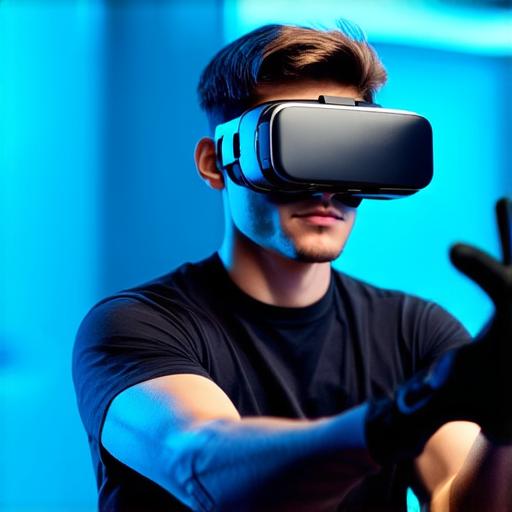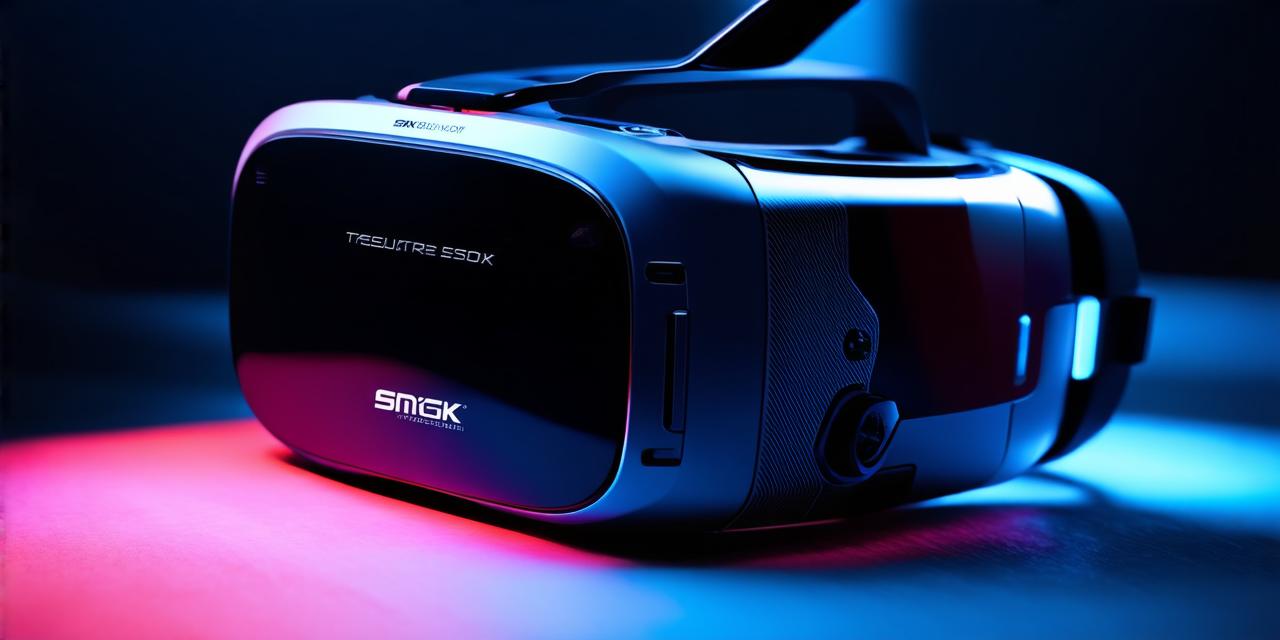Virtual Reality (VR) Technology and Suitable Age
Virtual reality (VR) technology has been rapidly advancing in recent years, and it’s now becoming increasingly accessible to consumers of all ages. But when it comes to determining the suitable age for virtual reality, there are a number of factors that need to be taken into consideration.
Benefits of Virtual Reality for Children
One of the key benefits of virtual reality is its ability to provide a highly immersive and engaging experience that can help children develop a range of important skills. For example, studies have shown that VR can improve cognitive function, enhance problem-solving abilities, and boost creativity.
It can also be a great way to teach children about history, science, and other subjects in a fun and interactive way.
Safety Considerations for Children Using Virtual Reality
However, there are also some potential risks that need to be considered when it comes to VR for children. For example, excessive use of VR can lead to motion sickness or other physical symptoms, particularly in young children who may not have fully developed their balance and coordination.
It can also be addictive, leading to a lack of sleep or social interaction and other negative consequences.
Additionally, virtual reality can expose children to potentially harmful content, such as violent or sexual imagery, which could have a lasting impact on their mental health and wellbeing. It’s important for parents and guardians to carefully monitor their children’s VR usage and ensure that they are accessing age-appropriate content.
Suitable Age for Virtual Reality
Given the potential benefits and risks of virtual reality for children, it’s important to find a balance that allows them to enjoy the technology while minimizing any negative impacts. In general, most experts recommend that children under the age of 6 should not use virtual reality at all, due to the potential risks associated with motion sickness and other physical symptoms.
For older children, the suitable age for virtual reality will depend on a variety of factors, including their individual maturity level, their level of experience with technology, and their exposure to potentially harmful content. In general, however, most experts recommend that children between the ages of 7 and 12 should use VR in moderation, with parental guidance and supervision to ensure that they are accessing age-appropriate content.
For teenagers and young adults, the suitable age for virtual reality will depend on their individual interests and goals. For example, if they are using VR for educational or therapeutic purposes, then it may be appropriate for them to use it more frequently. However, if they are using it purely for entertainment, then it’s important to ensure that they are not becoming overly addicted to the technology and are still making time for social interaction and other important activities.
Case Studies: Real-Life Examples of Virtual Reality in Action
To help illustrate the potential benefits and risks of virtual reality for children, let’s take a look at some real-life examples.
Use of Virtual Reality in Education
In recent years, many schools have started using VR technology to enhance their curriculum and provide students with immersive learning experiences. For example, a school in New York City uses VR headsets to take students on virtual field trips to historical sites like the Statue of Liberty and the National Mall.

Use of Virtual Reality in Therapy
Another example is the use of virtual reality in therapy.




